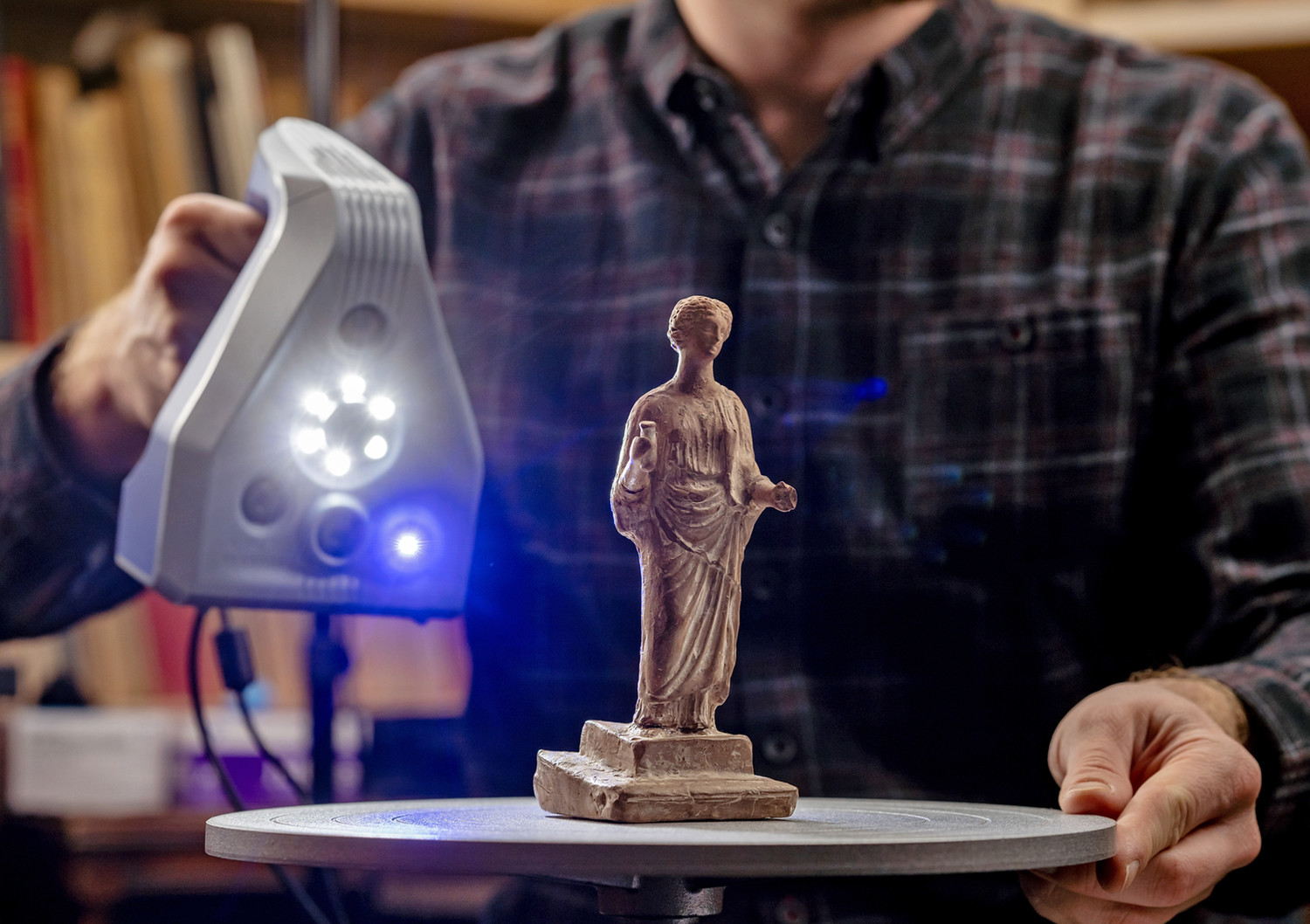Elizabeth Ware puts on a
headset and gets into position to hold the scope to examine her patient — in this
case, a mannequin head. The screen behind her offers a real-time analysis of
the procedure in lifelike detail.
Ware and other graduate students in speech pathology at JMU are using virtual reality and augmented reality to practice complicated procedures without the risk of harming their patients.
"We're trying to develop a mechanism by which our students ... gain hands-on experience with some procedures and skills that are invasive and/or dangerous to their future clients," says Carol Dudding, a professor of Communication Sciences and Disorders. "We really want them to get those opportunities while they're here."
In the past, a colleague of
Dudding's allowed up to five students to observe the same procedure in the lab
at nearby Sentara Rockingham Memorial Hospital, but until now, the students had
not been able to practice it themselves.
"It's a great way to introduce the material and get experience with it," Ware says.
Dudding sees applications for VR and AR in other university clinical settings as well, "for nursing, for medicine, for physical therapy, for occupational therapy — any of those clinical skills that we want our students to have, but perhaps for various reasons we're not able to give them that exposure in other ways."
Read more in the Spring/Summer issue of Madison.
